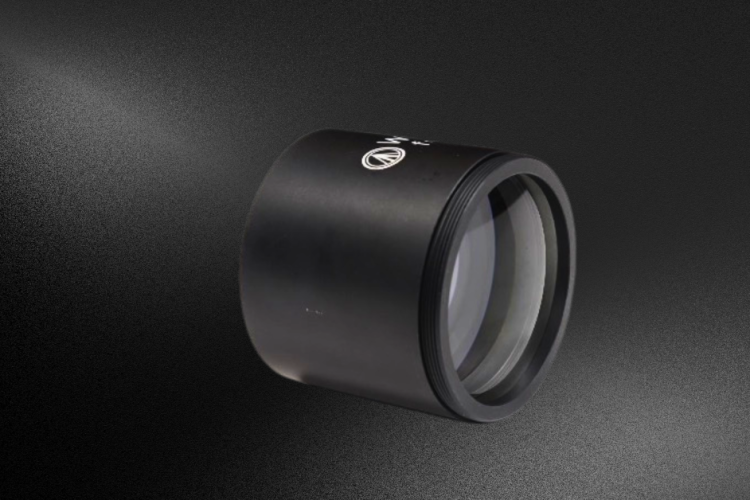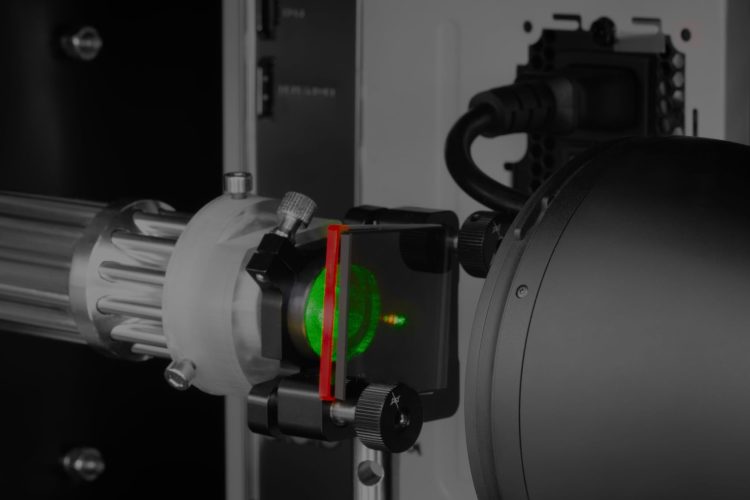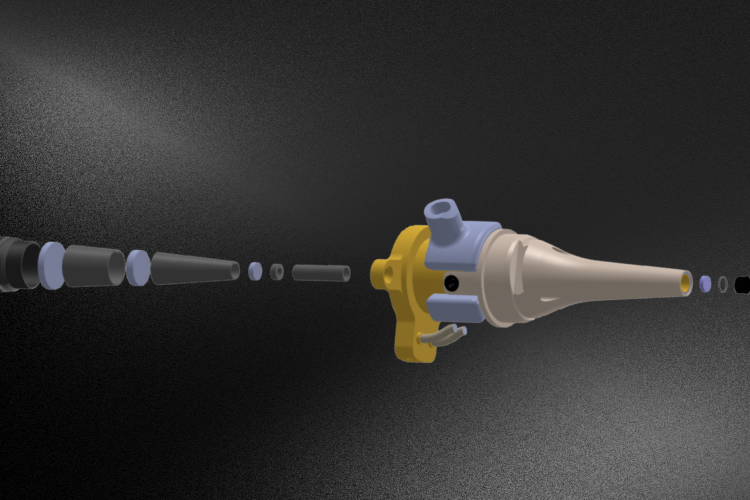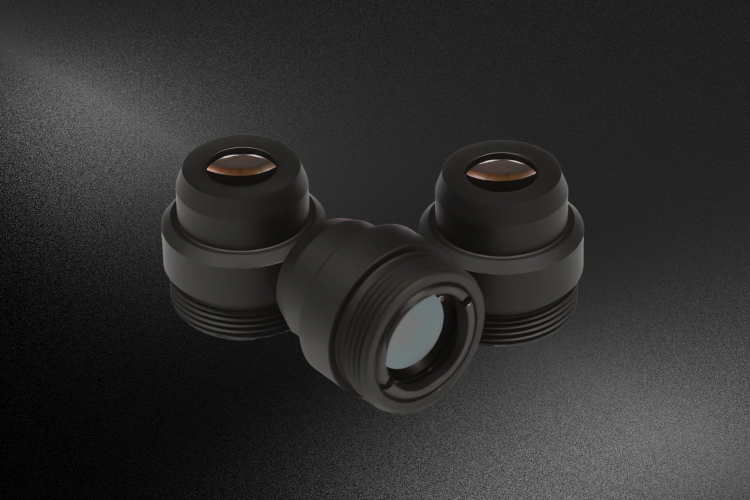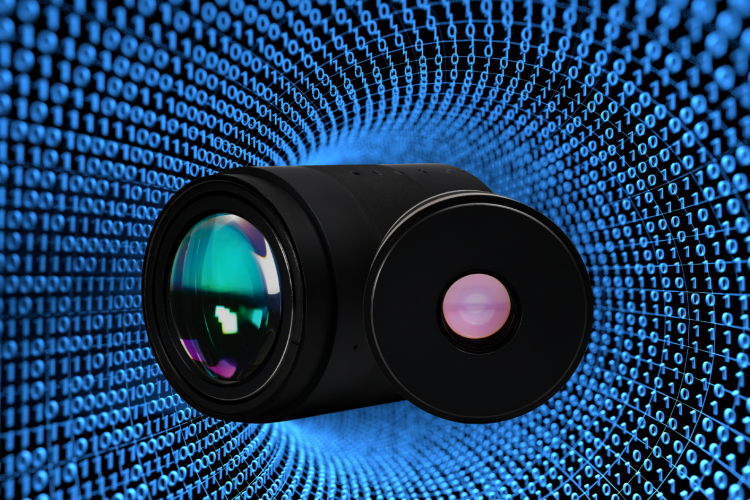Key Takeaways Wide-band tube lenses deliver high-performance imaging across 355–1700nm, enabling advanced microscopy and inspection. Core design challenges include chromatic aberration correction, distortion control, and thermal stability. By using optimized materials, negative distortion design, and precision engineering, these lenses achieve superior imaging quality. Applications span semiconductor inspection, life sciences, medical diagnostics, and industrial testing, with […]
Blog
Avantier Inc.


